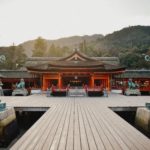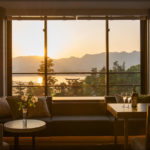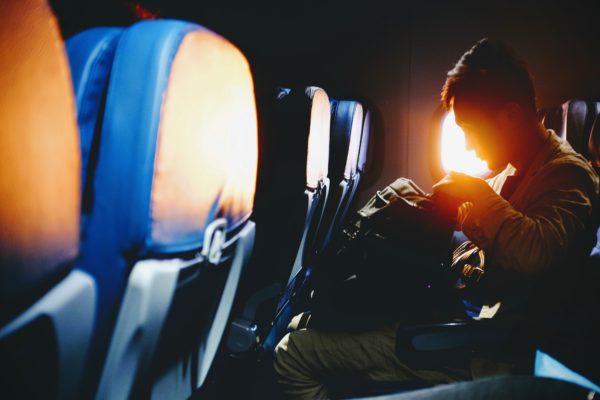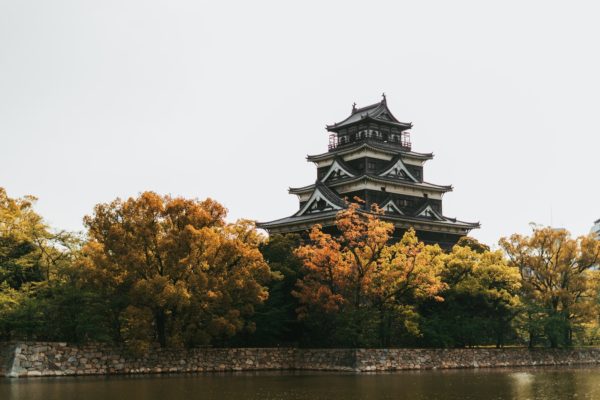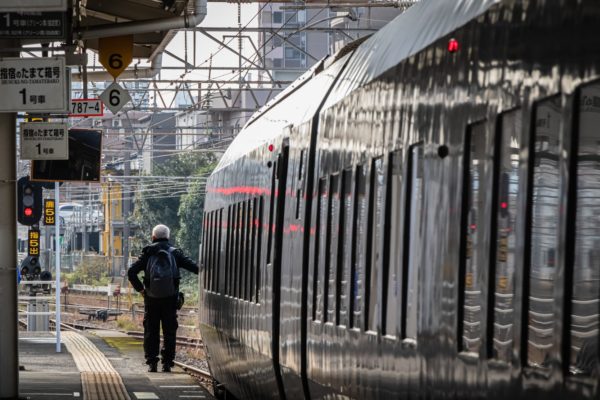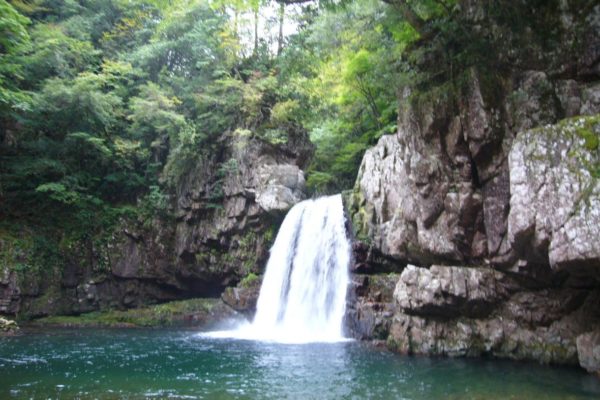Hiroshima has two world heritage sites. It is rare that one prefecture has multiple World Heritage Sites, that’s why many tourists come to Hiroshima.
This time, I would like to introduce these two world heritage sites. Both are very attractive, so please come visit us!
Atomic Bomb Dome(原爆ドーム)
At 8:15 am on August 6, 1945, the first atomic bomb in human history was dropped on Hiroshima. The Atomic Bomb Dome was almost beneath the blast, but avoiding a complete destruction, the remains of the building remain today.
Residents of Hiroshima decided to preserve the tragic memories of the war so they would not forget it. Visit the Atomic Bomb Dome and the Hiroshima Peace Memorial Museum to gain a deeper understanding of the true value of war and the suffering of nuclear weapons and peace.
Why was Hiroshima chosen as a target?
In order for the United States to accurately measure the power of the bomb, potential target cities were selected with an urban center measuring more than three miles in diameter. On 25th July, the order was given that an atomic bomb would be dropped on Hiroshima, Kokura, Niigata, or Nagasaki.
On 2nd August, it was decided that Hiroshima would be the designated target. One reason for the decision was the US planners believed no American prisoners of war were being held in Hiroshima.
On 6th August, the skies over Hiroshima were clear, the target was confirmed visually and the bomb was dropped.
Why was the Atomic Bomb Dome not completely destroyed?
The atomic bomb exploded at a height of 600 meters, 160 meters to the southeast of the Atomic Bomb Dome. At the moment of detonation, the blast exerted 35 tons of pressure per square meter and created a fierce wind speed of 440 meters per second.
Because the impact of the blast came almost directly overhead, curiously the thick outer walls and the steel dome escaped complete destruction. However, the people who were inside at the time died instantly and the interior of the building was completely gutted by fire.
Although the exact time is unknown, the building with its exposed steel dome began to be referred to as the “Atomic Bomb Dome”.
What are the challenges to preserve the Atomic Bomb Dome ?
In contrast to other cultural heritage buildings, the Atomic Bomb Dome must be maintained in the exact state of destruction caused by the bomb. This is critical to understanding its relevance and importance as a World Heritage Site.
However, recent efforts to combat deterioration and make the site earthquake resistant illustrate that the challenge ahead will be how to best maintain the original building in the years to come. Carefully employing methods and technology best suited for the site’s preservation will be essential to safeguard the dome for future generations.
reference:The Official Hiroshima Prefecture Tourism Website
Itsukushima Shrine(嚴島神社)
The name Itsukushima literally means ‘island of worship’ and from ancient times the island itself was worshipped as a god. The mystical Itsukushima Shrine built on the water was inscribed as a World Heritage Site in 1996.
A place where people have long carried out ancient rites, Itsukushima Shrine has become world renowned, attracting visitors from all over Japan and the rest of the world. We will introduce places you must see inside Itsukushima Shrine, as well as explaining its fascinating history and stunning architecture.
The shrine on the water showing the prosperity of the Taira clan.
It was originally built in 593CE by Saeki no Kuramoto. Later, Taira no Kiyomori became heavily involved with the shrine. It is said he erected this shrine on top of the water after becoming the first samurai to assume the role of the Daijō-Daijin (the head of the imperial government).
In 1571, it is said the Mōri clan renovated the main hall and reconstructed the O-Torii Gate and arched bridge.
The shrine made to protect the place where the god or kami reside.
Why was Itsukushima Shrine built specifically at a location where the tides rise and fall? Because Itsukushima Island in its entirety was considered a god, it is said a location where the tides rise and fall was chosen specifically so the god or kami would not by damaged when they constructed the shrine.
Paying homage at Itsukushima Shrine was all the rage in Edo Japan.
Since long ago, worshippers have come to Itsukushima Shrine to pray for the safety of the Seto Inland Sea. From the time when Taira no Kiyomori came to worship at the shrine from the late Heian period (in 1167 ~ 1185), the name of the shrine spread far and wide.
The idea of paying homage at Itsukushima Shrine became popular among fishermen and tradesmen who sailed in the Seto Inland Sea. In the Edo period (in 1603 ~ 1868), along with the popular pilgrimages to Ise Shrine and the shrines of Shikoku, Itsukushima Shrine became the main pilgrimage destination for people living in western Japan.


